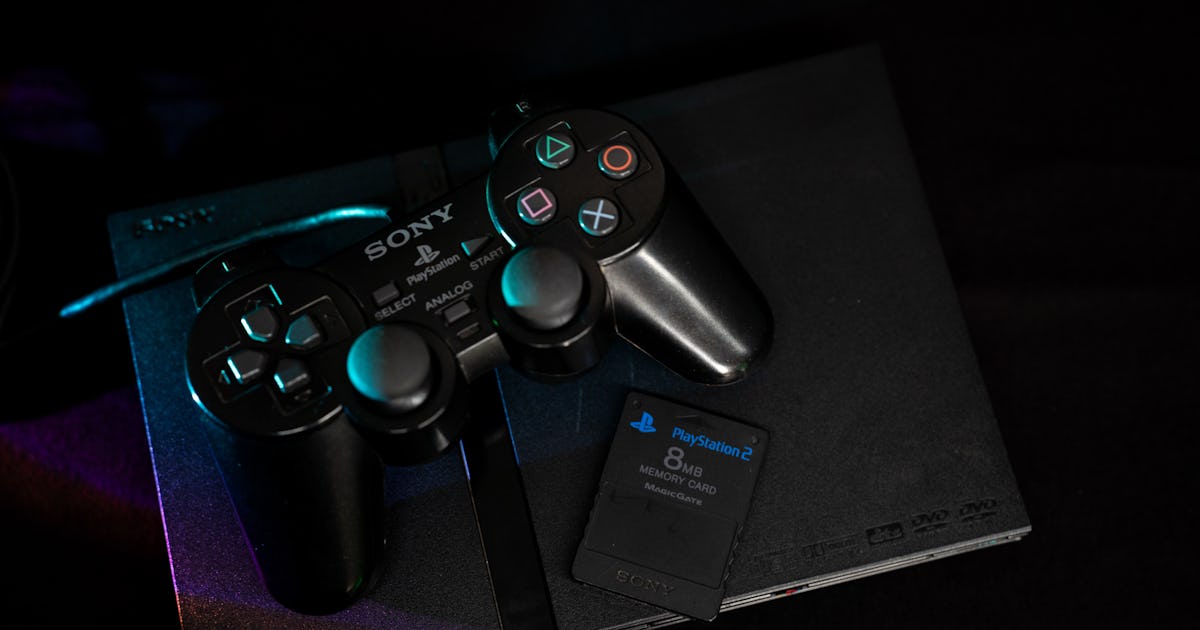
"At a Tokyo event for journalists, Sony revealed that the PlayStation 2 would be backward compatible with all existing PlayStation games, and offer a substantial performance boost for next-generation titles. At the core of the PlayStation 2 was the Emotion Engine, a Sony-designed chip that PlayStation creator Ken Kutaragi said would allow games to not only render substantially improved graphics, but simulate emotion - a claim that was hard to believe then, and whiffs of hubris today."
"Despite such dubious claims, Sony knew it had an impressive piece of hardware on its hands. At launch time, Sony's biggest competition came from the Sega Dreamcast, a significantly weaker console that would be discontinued just a year later. And while it might not sound like much now, the PlayStation 2's ability to play DVDs became a major selling point, justifying the new console as a full home entertainment system rather than just another gaming platform."
"But when the console launched to immediate acclaim, Sony soon had high hopes for its successor. While the first PlayStation grew out of a failed collaboration with Nintendo, the PlayStation 2 launched in North America 25 years ago as the highly anticipated follow-up to a beloved console, and it would go on to become the best-selling piece of gaming hardware of all time."
PlayStation began as a risky gamble that exceeded Sony executives' expectations. The PlayStation 2 was announced in March 1999 and revealed to be backward compatible and significantly more powerful, centered on the Emotion Engine chip that promised improved graphics and simulated emotion. Its DVD playback capability positioned it as a home entertainment system. The main competitor at launch was the Sega Dreamcast, which was discontinued within a year. The North American launch offered 29 titles, few of which remain widely remembered, though games like SSX made cultural impact.
Read at Inverse
Unable to calculate read time
Collection
[
|
...
]